Ever heard of vibration massage but not quite sure what it does? You’re not alone. This technique has been growing in popularity thanks to fitness recovery trends, physiotherapy integration, and therapeutic tools like massage guns. Vibration massage uses rhythmic pulses to stimulate muscles, reduce pain, and enhance circulation. In this article, we’ll break down what it is, how it works, the science behind it, and why it might be the self-care upgrade your body needs.
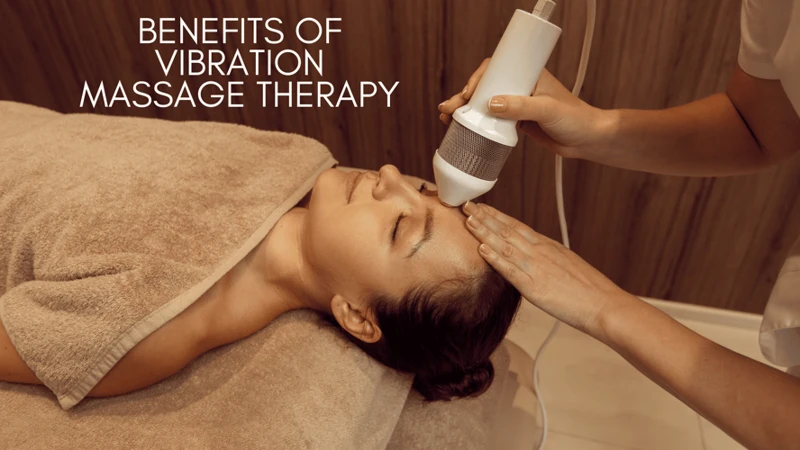
Table of Contents
🧠 What Is Vibration Massage?
Vibration massage is a therapeutic technique that involves the use of controlled, rhythmic movements to stimulate soft tissues and muscles. These vibrations are delivered either manually or via powered tools like massage guns, foam rollers, or vibration chairs.
The vibrations can vary in speed and amplitude, allowing therapists or users to tailor the massage to specific needs such as:
- Muscle relaxation
- Lymphatic drainage
- Pain relief
- Neuromuscular activation
In clinical and sports therapy, vibration massage is often paired with other techniques to support rehabilitation or enhance athletic recovery.
🔬 How Does Vibration Massage Work?
The science behind vibration massage lies in its ability to stimulate mechanoreceptors in the skin and muscles. These receptors send signals to the brain and spinal cord, triggering responses that:
- Relax tight muscles
- Boost blood circulation
- Activate pain-inhibiting pathways (via the Gate Control Theory)
- Promote release of endorphins
Additionally, vibration may help enhance proprioception (body awareness), making it useful for injury prevention and balance training in athletes or older adults.
💪 Benefits of Vibration Massage (Expanded)
Vibration massage isn’t just hype—it has real applications in wellness and recovery. Here’s how it can help:
🔄 Improved Circulation
The rhythmic motion of vibration stimulates blood vessels and lymphatic flow. This improved circulation helps flush out toxins, nourish muscles with oxygen-rich blood, and speed up recovery from soreness or minor injuries.
🧘 Stress Relief
The calming vibrations help shift the body into a parasympathetic (rest and digest) state. Regular sessions may reduce cortisol levels, alleviate anxiety, and help you unwind—especially when paired with deep breathing or mindfulness.
🔓 Increased Flexibility & Mobility
Tight muscles restrict range of motion. Vibration helps loosen up connective tissues, increase joint mobility, and warm up muscles pre-workout or stretch session.
💥 Pain Relief
Studies have shown vibration therapy may help reduce pain associated with:
- Muscle soreness (DOMS)
- Fibromyalgia
- Tension headaches
- Chronic back or neck pain
This effect is partly due to its ability to interrupt pain signals and reduce inflammation.
💤 Better Sleep
People who use vibration massage regularly often report better sleep. The relaxation response, combined with muscle relief, creates a more restful and restorative environment for sleep.
🎯 Muscle Recovery & Athletic Performance
Athletes love vibration massage for its ability to reduce recovery time. It’s often used:
- Post-workout to reduce lactic acid
- Pre-workout to activate muscle groups
- As part of injury rehab protocols
📌 Studies suggest vibration therapy may improve range of motion, reduce pain, and assist with neuromuscular re-education.
⚖️ Vibration Massage vs. Other Techniques
How does vibration massage compare to other common styles? Here’s a breakdown:
| Technique | Pressure Level | Focus Area | Ideal For |
|---|---|---|---|
| Vibration | Light to medium | Circulation, muscle tone | Daily wellness, pre/post-workout |
| Percussion | Deep | Trigger points, knots | Athletes, chronic tightness |
| Swedish | Light | Relaxation, circulation | Beginners, stress relief |
| Deep Tissue | Intense | Deep muscle layers | Chronic pain, tension release |
Vibration is often better tolerated by sensitive users or those recovering from injury, whereas percussion or deep tissue may suit those needing deeper muscle work.
🧪 What Does the Research Say?
Several clinical and observational studies support the benefits of vibration massage:
- A 2020 study published in the Journal of Clinical and Diagnostic Research found that vibration therapy significantly reduced pain and fatigue in patients with lower back pain.
- Research in PubMed Central suggests vibration massage enhances neuromuscular efficiency and may support post-exercise recovery.
- Athletes have shown improved range of motion and reduced delayed onset muscle soreness (DOMS) with regular vibration therapy use.
While more research is needed on long-term effects, the current findings support its value in pain relief and mobility.
👥 Who Should Use Vibration Massage?
This technique isn’t just for pro athletes. It’s beneficial for a wide range of people, including:
🏃 Athletes & Fitness Enthusiasts
Used for both warm-up and recovery, vibration massage helps improve muscle performance and reduce injury risk.
💼 Office Workers
Sitting all day can lead to tight hips, stiff necks, and poor posture. A 10-minute vibration session can help reverse some of these effects.
👵 Seniors
Gentle vibration can improve circulation and balance, making it a great option for older adults dealing with stiffness or fall risk.
🧍♀️ Chronic Pain Sufferers
People with conditions like fibromyalgia or arthritis may find vibration soothing and less aggressive than deep tissue massage.
📆 When & How to Use It in Your Routine
Vibration massage can be integrated into your daily or weekly routine depending on your needs:
Morning
Use as part of a dynamic warm-up to wake up muscles and increase circulation.
Post-Workout
Apply vibration to quads, hamstrings, or shoulders to help flush out lactic acid and reduce soreness.
Before Bed
Use light, slow vibration to calm your nervous system and prepare for restful sleep.
Stacked with Other Therapies
Combine with:
- Foam rolling for fascia release
- Heat therapy for deeper muscle relief
- Stretching to maximize flexibility gains
Start with 5–10 minutes and work your way up to longer sessions as needed.
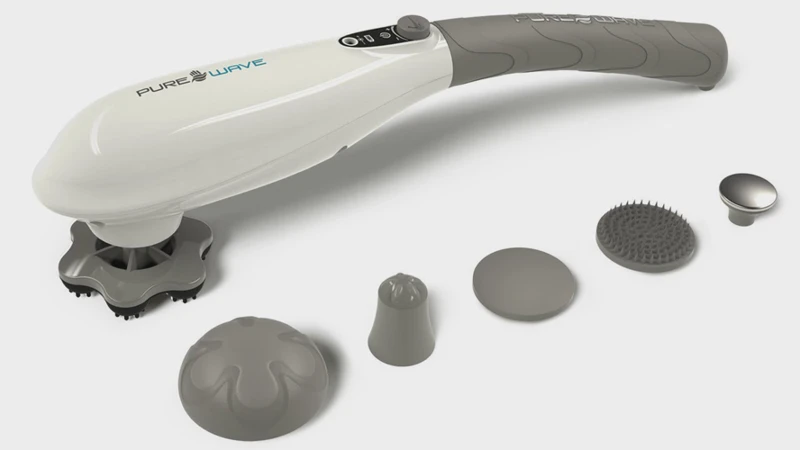
⚙️ Common Vibration Massage Techniques
Depending on the tool or method used, these are the most common approaches:
1. Percussive Massage
Delivered with a massage gun, this technique uses rapid, repetitive strokes to reach deeper muscle layers. It’s ideal for breaking up knots, relaxing fascia, and stimulating trigger points.
2. Vibration Technique
Involves low-amplitude, high-frequency movement. Often used on larger areas like the back or thighs, it stimulates surface-level tissue without applying deep pressure—great for sensitive users.
3. Oscillation Technique
This uses vibrating tools or devices that oscillate in a circular or side-to-side motion. It’s excellent for relaxing muscles, enhancing joint mobility, and gently mobilizing soft tissue.
Each technique can be customized by adjusting:
- Speed (Hz)
- Amplitude (depth of vibration)
- Duration and frequency of use

🛋️ What to Expect During a Vibration Massage
A vibration massage session—whether with a therapist or using a tool at home—usually involves the following:
✨ Tingling Sensation
Expect a mild tingling or buzzing feeling as the vibrations stimulate nerve endings in the skin and deeper tissue.
🔥 Warmth
As circulation improves, you may notice a subtle warming sensation. This is due to increased blood flow and metabolic activity in the area.
💓 Enhanced Circulation
Increased blood flow delivers nutrients and oxygen while helping remove waste byproducts like lactic acid.
😌 Deep Relaxation
The combination of sensory stimulation and rhythmic motion promotes full-body relaxation. Many users describe a meditative or floaty feeling.
⚡ Mild Soreness
Some users experience slight soreness afterward, especially if the vibration was intense or the session targeted deep tissue areas.
Sessions typically last 10–30 minutes, depending on the body area and purpose.
⚠️ Safety Tips & Precautions
Vibration massage is considered low-risk, but it’s not for everyone. Keep these guidelines in mind:
When to Avoid:
- ❌ Pacemakers or electrical implants (vibrations may interfere)
- 🤰 Pregnancy (unless approved by a provider)
- 🦴 Osteoporosis or fragile bones
- 🔴 Skin infections, wounds, or bruising
- 💊 Blood clotting disorders or active DVT
Best Practices:
- Start with low intensity and increase gradually
- Stay hydrated before and after the massage
- Limit sessions to 10–20 minutes per area
- Clean tools before use to prevent skin irritation
Consult a healthcare provider if you have any chronic condition or take medications that affect circulation or nerve response.
💸 Cost of Vibration Massage
| Option | Estimated Cost Range | Notes |
|---|---|---|
| Single massage session | $50–$150 | 30–60 mins with a certified therapist |
| Handheld massage device | $50–$200 | One-time purchase, home use |
| Massage chair (vibration) | $500–$2,500 | Premium models include full-body modes |
🎯 Tip: If you’re just starting out, consider trying a portable massage gun or asking for a test run at your local wellness center.
❓Frequently Asked Questions
Is vibration massage safe?
Yes, for most healthy individuals. Avoid if you have a pacemaker, active blood clots, or a serious medical condition. Always check with a healthcare provider if unsure.
How often should I do vibration massage?
General wellness: 2–3x per week. For muscle recovery or rehab: 3–5x per week under guidance.
Can it help with anxiety or stress?
Absolutely. Vibration massage stimulates nerve endings and may reduce stress hormones while enhancing mood through endorphin release.
What’s the difference between vibration and percussion massage?
Vibration is more subtle and constant. Percussion delivers deeper, faster bursts—ideal for athletes or deep tissue needs.
Can I use it daily?
Yes, especially for relaxation or low-intensity sessions. Rotate muscle groups and monitor for any signs of overuse (soreness, skin sensitivity).
Is vibration massage effective for chronic pain?
It may help manage chronic pain by disrupting pain signals and improving circulation. Always consult a specialist before use.
🧾 Final Thoughts
Vibration massage offers a unique blend of relaxation, pain relief, and recovery support—all from the comfort of your home or a wellness clinic. From post-workout muscle care to stress relief at the end of the day, this technique can be tailored to meet a wide variety of needs.
By understanding how it works and using the right technique and tools, you can maximize its benefits safely. Whether you’re exploring massage guns, visiting a therapist, or adding vibration therapy to your fitness routine, consistency and mindfulness are key.
💡 Curious about tools? Check out our guide to the best massage guns or learn about combining vibration with heat therapy for enhanced recovery.
📚References
Very Well Fit: Vibration Therapy for Pain Relief
Wikipedia: Vibromassage
⚠️ Disclaimer:
This article is for informational purposes only and does not constitute medical advice. Always consult with a licensed healthcare provider or certified massage therapist before beginning any new treatment, especially if you have pre-existing health conditions or concerns.
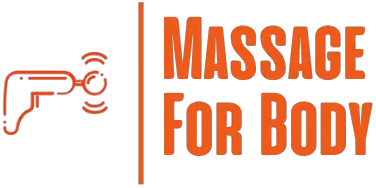

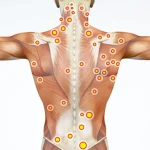

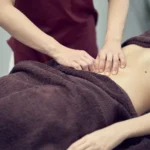
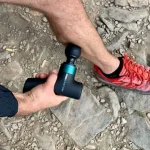
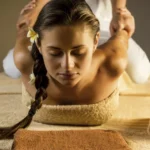

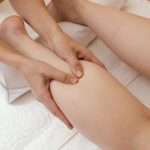
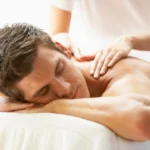

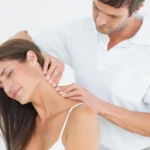

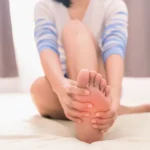
Very well presented. Every quote was awesome and thanks for sharing the content. Keep sharing and keep motivating others.